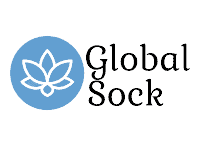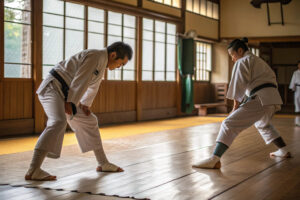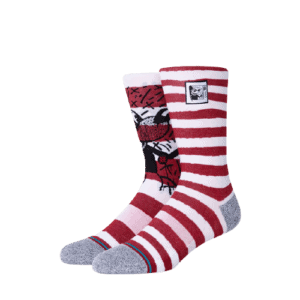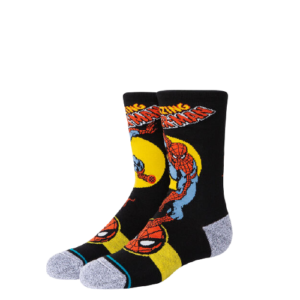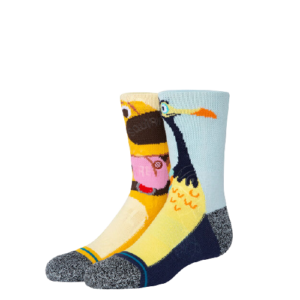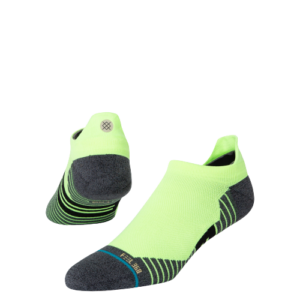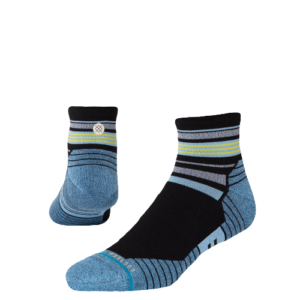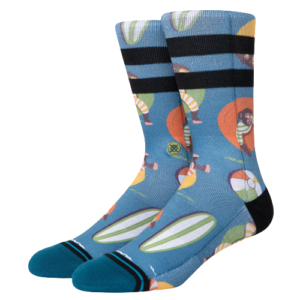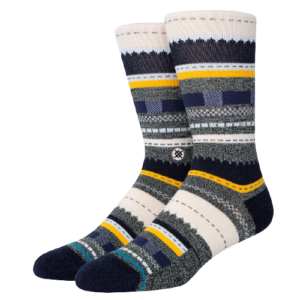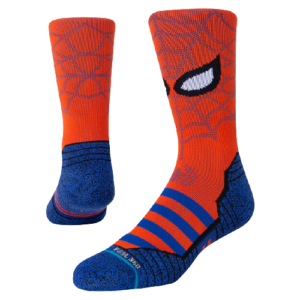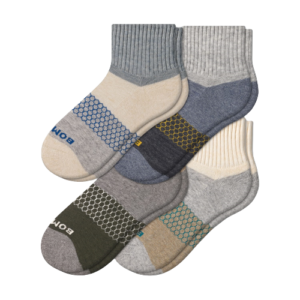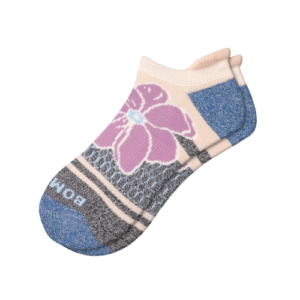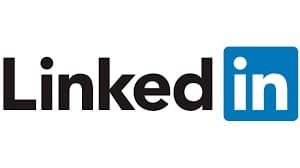Sourcing socks for the European market can feel like a maze of regulations. You want to ensure your products are safe, market-ready, and avoid costly rejections at the border. For any sock importer or brand, understanding REACH compliance is not just a recommendation—it's a mandatory requirement for accessing the lucrative EU market.
To certify socks for REACH compliance in the EU, you must ensure your products do not contain any of the restricted substances listed in the regulation above the specified concentration limits. This involves a rigorous process of material verification, laboratory testing by accredited facilities, and obtaining supplier declarations.
Let's break down this complex topic into manageable steps. This guide will walk you through the entire process, from understanding the basics to securing the right documentation.
What is REACH Compliance and Why Does it Matter for Socks?
When you import socks into the EU, "REACH" is a term you'll hear constantly. It stands for Registration, Evaluation, Authorisation, and Restriction of Chemicals. It's a comprehensive regulation that controls the use of hazardous substances in consumer products.
REACH matters for socks because textiles, including hosiery, are in direct and prolonged contact with skin. The regulation restricts substances like Azo dyes, heavy metals, and Dimethylformamide (DMF). Ensuring your socks are free from these chemicals is not just about legality; it's a powerful marketing tool.

What are the most common restricted substances in socks?
The most common restricted substances found in socks often relate to the dyes and finishing agents used in production. Key substances include Azo dyes, heavy metals such as Cadmium and Lead, and Phthalates. At GlobalSock, our CNAS-certified lab routinely tests for these and other substances, ensuring every batch meets strict SVHC thresholds.
How does REACH compliance impact your brand's reputation?
REACH compliance is directly tied to your brand's integrity and market perception. A single compliance failure can lead to negative publicity and erode years of built trust. Conversely, promoting your products as REACH-compliant serves as a strong selling point that demonstrates your commitment to consumer safety.
How to Test Socks for REACH Compliance?
Testing is the non-negotiable core of proving REACH compliance. You cannot rely on supplier promises alone; you need verifiable, scientific data. The process involves sending representative samples to an accredited laboratory for chemical analysis.
The scope of testing should cover all material components of the sock, including the main fabric, toe seams, heel cushions, elastics, and any decorative elements. We always advise our clients to adopt a risk-based approach, focusing on components with darker dyes or complex chemical treatments.

What is the step-by-step testing process?
The testing process is methodical. First, select an accredited laboratory with ISO 17025 accreditation. Next, provide representative samples from your production batch. The lab performs extraction tests using various solvents and uses advanced equipment like Gas Chromatography-Mass Spectrometry. For high-volume orders, we implement statistical sampling to ensure batch representation.
How to interpret a REACH test report for socks?
Reading a REACH test report requires focusing on key sections. Look for the "Summary" or "Conclusion" section stating compliance. Review the detailed results table listing each substance tested, its CAS number, detection limit, and measured concentration. The result must be "ND" (Not Detected) or below the official restriction limit. Our team helps clients interpret these reports with confidence.
What Documentation is Required for REACH Certification?
There is no single "REACH certificate" issued by a governing body. Instead, compliance is demonstrated through a dossier of technical documentation that you must compile and hold. This "Technical File" serves as your evidence of due diligence.
Having a complete and well-organized documentation set ensures hassle-free customs clearance and builds trust with EU-based distributors. We streamline this for our partners by providing a comprehensive compliance pack with every shipment.

What is a Declaration of Conformity (DoC)?
A Declaration of Conformity (DoC) is a legally binding document that you must issue. It states that your socks fully comply with REACH regulation. This document should include your company details, product description, REACH regulation reference, and compliance statement. It must be dated and signed by an authorized person.
How to create a robust Technical File?
A robust Technical File proves your socks are safe. Beyond the DoC and test reports, it should include complete product description with images and BOM, information on substance composition, supplier declarations, and records of internal quality assurance processes. This file must be kept for at least 10 years after the product reaches the market.
How to Choose a REACH-Compliant Sock Manufacturer?
Your choice of manufacturer is the most critical factor in achieving effortless REACH compliance. Look for partners who see compliance as a fundamental part of their value proposition. They should be proactive, transparent, and have the infrastructure to prove it.
Key indicators include in-house testing capabilities, proven experience exporting to the EU, and willingness to provide full supply chain transparency. Ask direct questions about their chemical management policies and request to see past test reports.

What questions should you ask a potential manufacturer?
To vet a manufacturer effectively, ask specific questions: "Can you provide REACH test reports from an accredited lab?"; "What is your process for screening raw material suppliers?"; "Do you have in-house testing facilities?"; and "How do you handle compliance test failures?" Their answers will reveal their expertise and commitment level.
Why does in-house testing capability provide a critical advantage?
A manufacturer with in-house testing capabilities provides a strategic advantage. It means compliance is checked at every stage—from raw yarn to finished sock. This "quality-by-design" approach prevents problems rather than just finding them at the end. It speeds up production and gives you real-time access to quality control data.
Conclusion
Navigating REACH compliance for socks is detailed but manageable. It hinges on understanding the regulation, conducting rigorous testing, maintaining impeccable documentation, and choosing the right manufacturing partner.
If you are looking for a reliable partner to produce your own REACH-compliant sock orders, contact our Business Director, Elaine. With over a decade of experience, we guide you through every step from design to delivery. Reach Elaine at elaine@fumaoclothing.com to start your next successful sock line.
